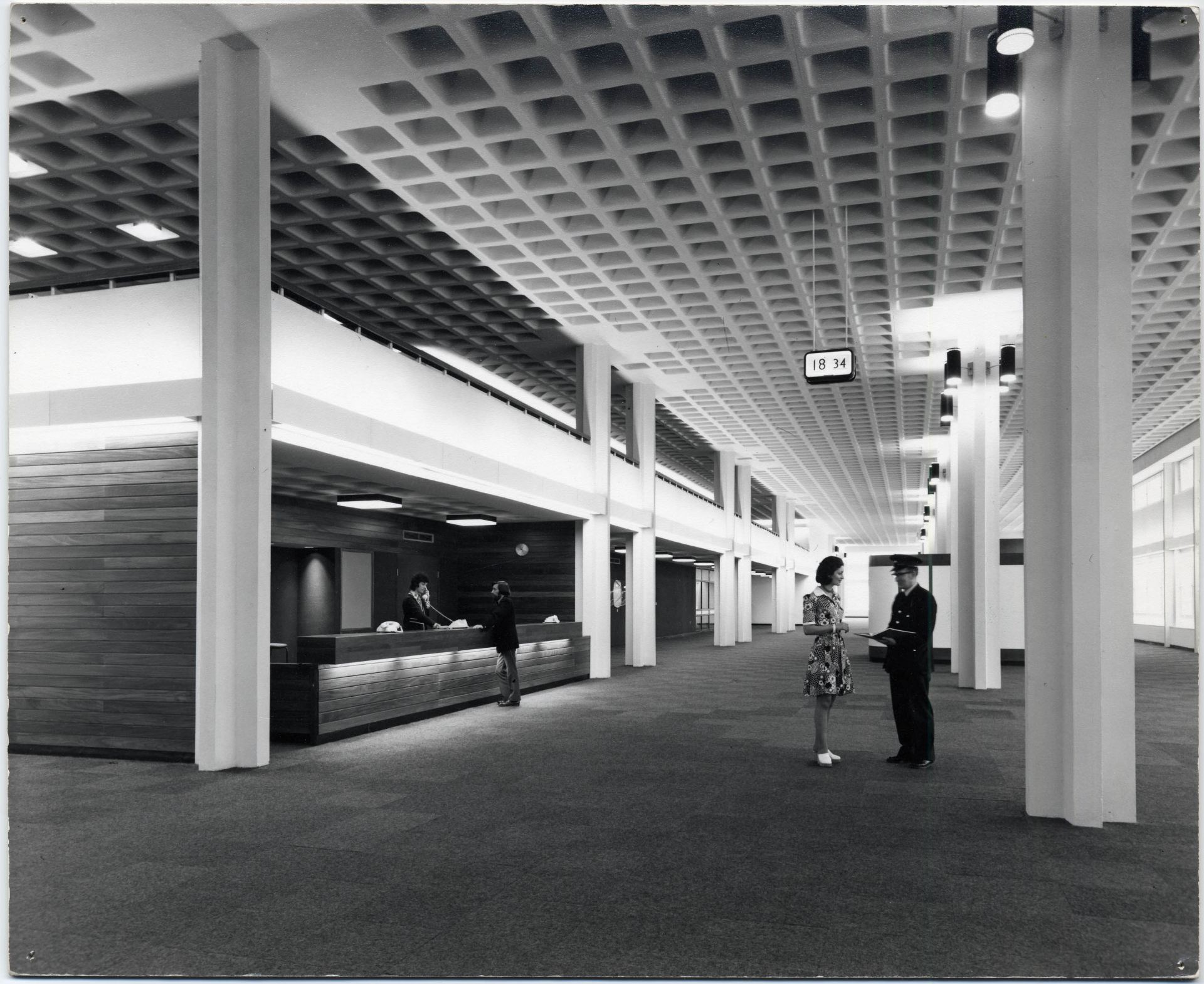We delighted to share another in our regular series from the Archives, this time looking at Ninewells Hospital.
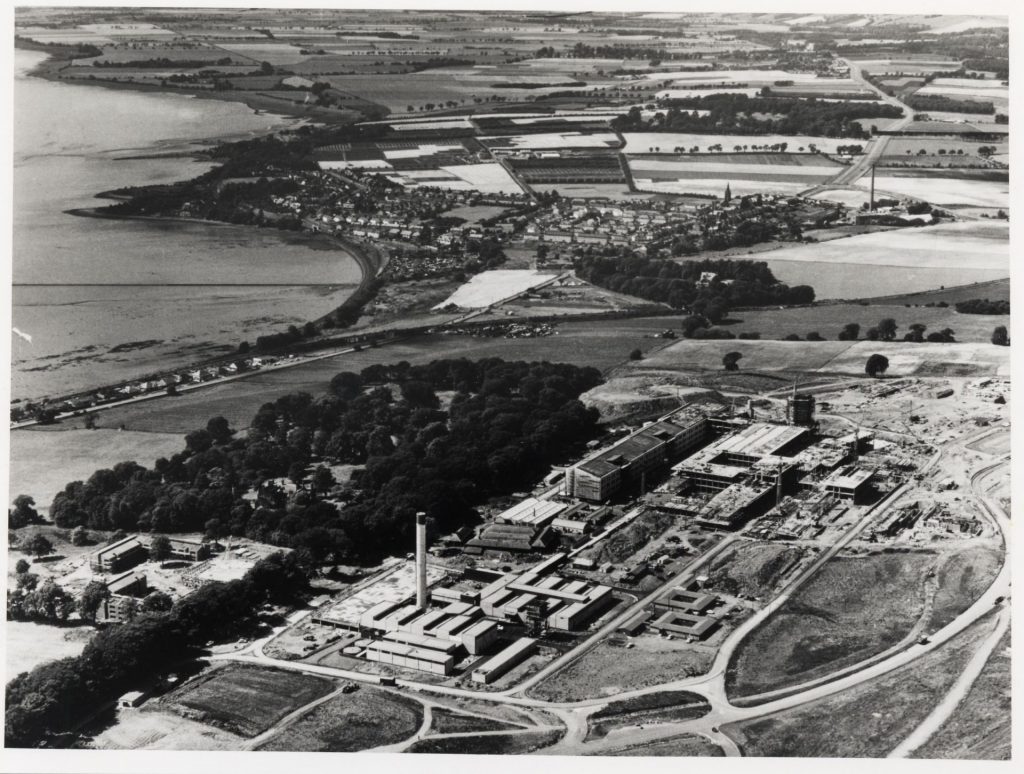
In the first half of the twentieth century Dundee had become firmly established as centre of medical education and, in Dundee Royal Infirmary, had a major hospital supported by others such as the old poor house facilities which had evolved into Maryfield Hospital and Kings Cross which primarily dealt with fevers and epidemics. However, after World War Two it was becoming apparent that these facilities, all Victorian in origin, were inadequate. Dundee’s population had grown, and the creation of the NHS put an increased demand on services. Moreover neither DRI nor Maryfield was ideally suited for training medical students and the Medical School at University College was recognised as too small and old fashioned to meet teaching needs.
Thus in 1953 it was decided that a new hospital and medical school in Dundee should be built. This was to be the start of a mammoth process of design and construction which would last for over 20 years. The site chosen was at Ninewells, a rural area on the western edge of the city. Its proximity to Perth Road and Blackness Road meant that it could be easily connected to existing transport networks. 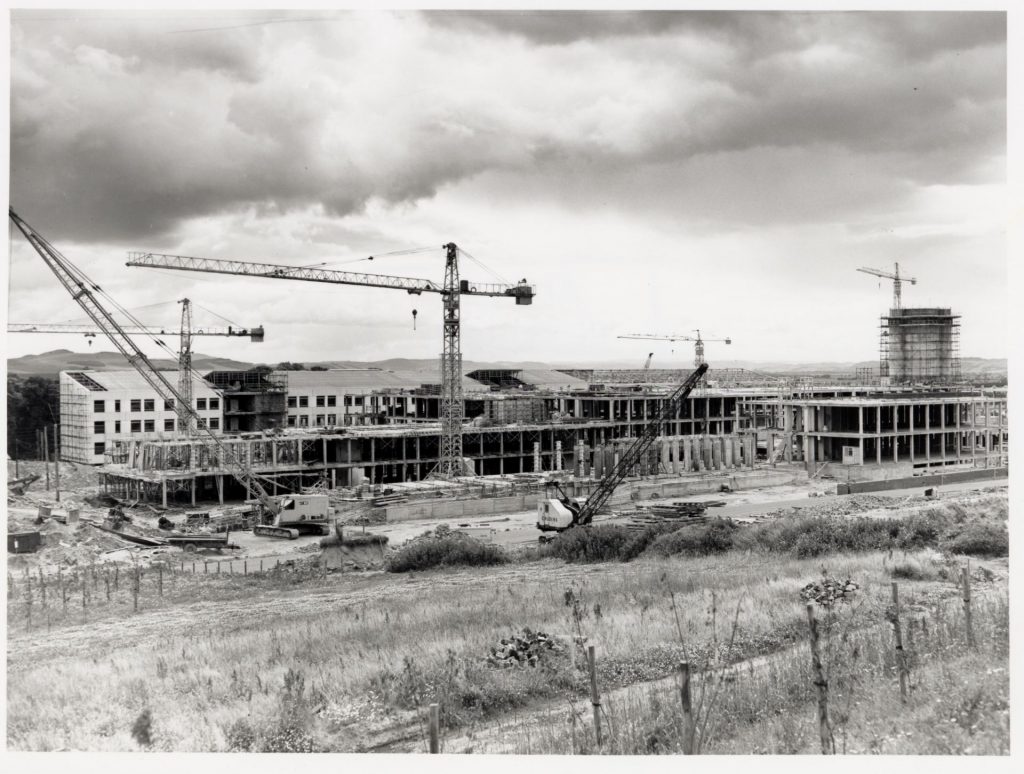 However, it was not until August 1964 that the ceremonial cutting of the first sod at the site took place, performed by Sir Thomas Malcolm Knox, Principal of the University of St Andrews, and Lewis F. Robertson, Chairman of the Eastern Regional Hospital Board.
However, it was not until August 1964 that the ceremonial cutting of the first sod at the site took place, performed by Sir Thomas Malcolm Knox, Principal of the University of St Andrews, and Lewis F. Robertson, Chairman of the Eastern Regional Hospital Board.
 However, it was not until August 1964 that the ceremonial cutting of the first sod at the site took place, performed by Sir Thomas Malcolm Knox, Principal of the University of St Andrews, and Lewis F. Robertson, Chairman of the Eastern Regional Hospital Board.
However, it was not until August 1964 that the ceremonial cutting of the first sod at the site took place, performed by Sir Thomas Malcolm Knox, Principal of the University of St Andrews, and Lewis F. Robertson, Chairman of the Eastern Regional Hospital Board.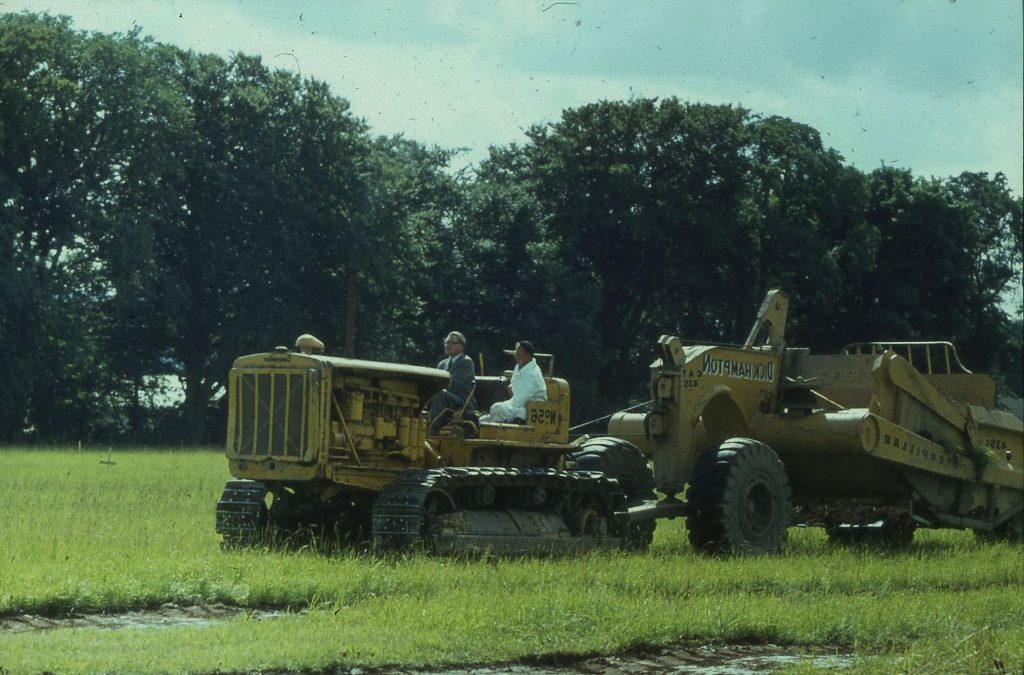
The foundation stone was laid the following September by Lord Hughes of Hawkhill, a former Lord Provost of Dundee who was then a Minister in the Scottish Office.
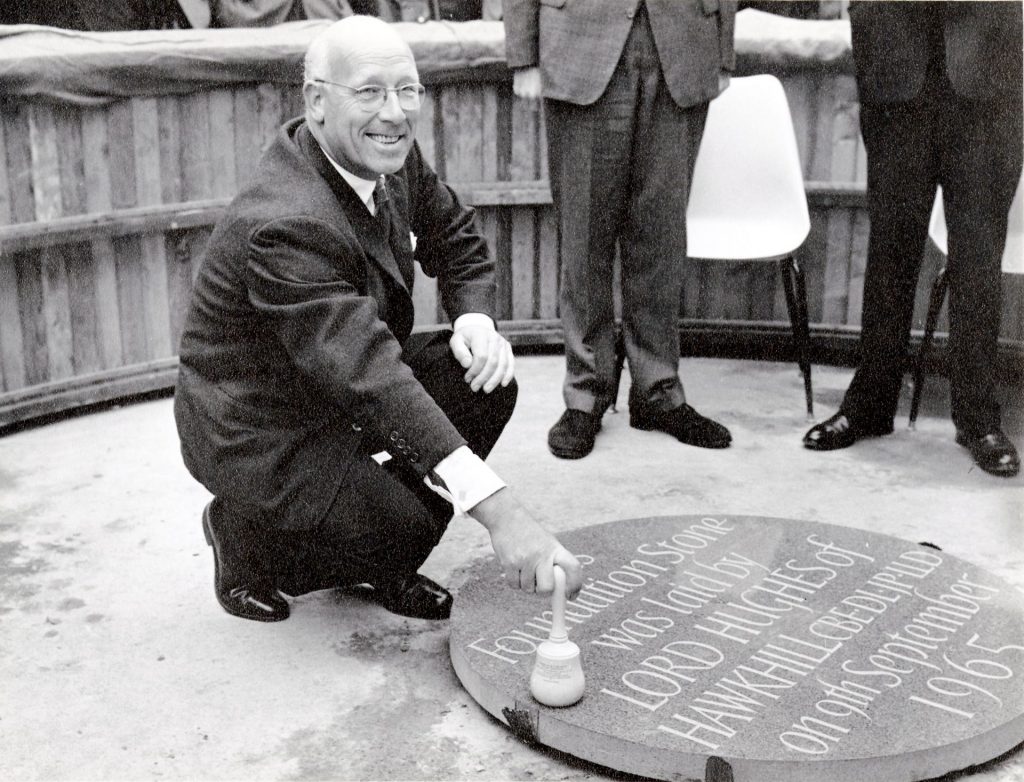
The hospital was designed by Robert Matthew Johnson-Marshall & Partners. Sir Donald Douglas, the Professor of Surgery at Dundee, contributed to the design of the wards and operating theatres, ensuring that they functioned well from a medical perspective.
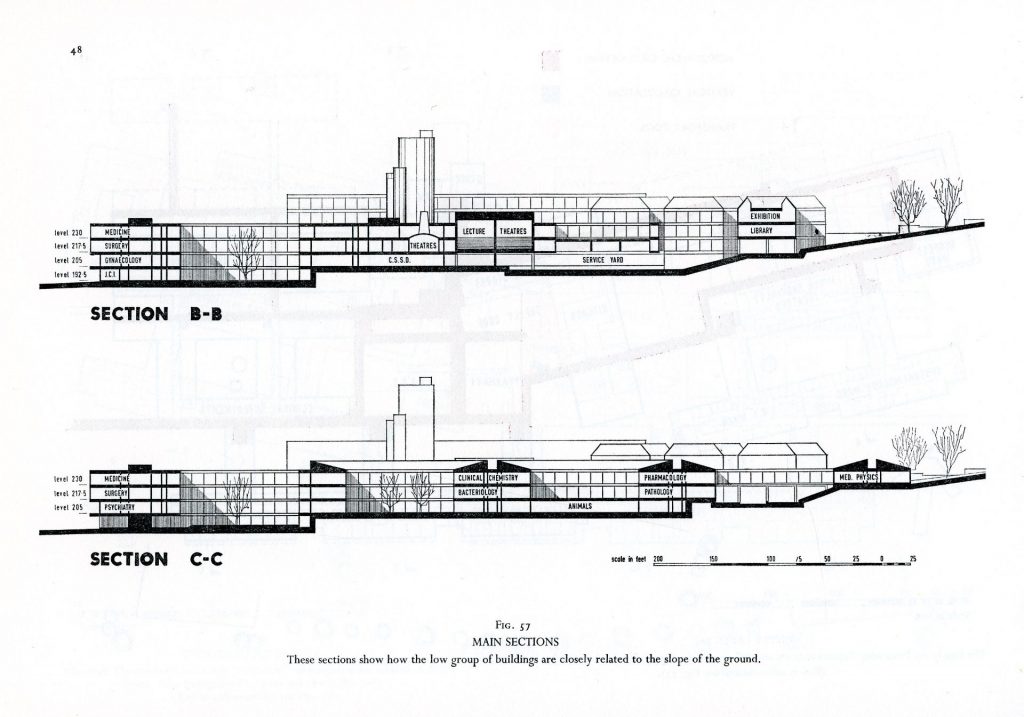
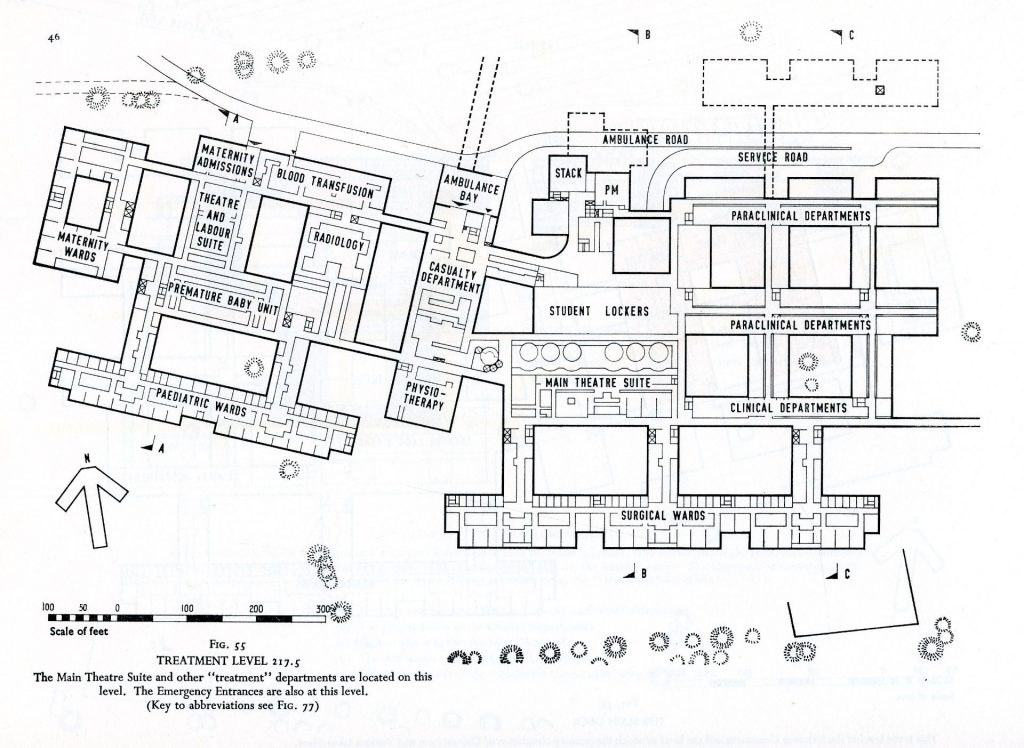
The sheer size of the project meant building would time consuming and it was not until 23 October 1974 that it was ready to be formally opened, a function performed by the Queen Mother.
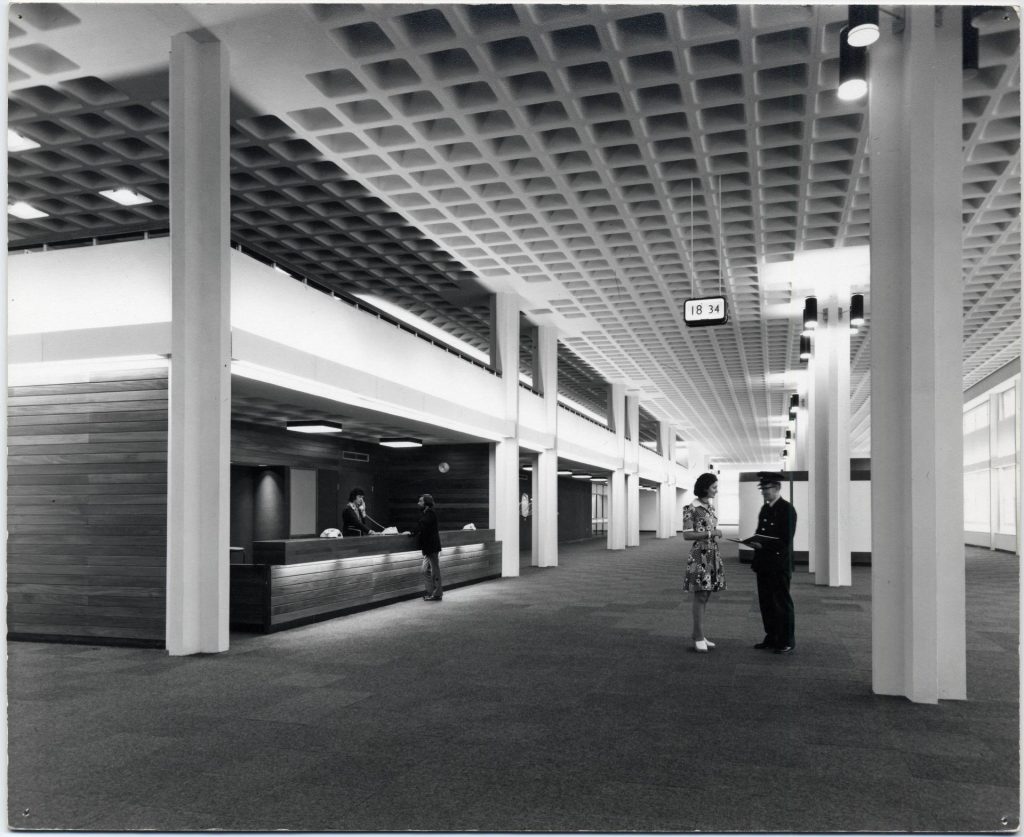
This was, however, only the beginning of the story as the site has been expanded several times with nearly all of DRI’s functions, including the A&E department, gradually transferring to Ninewells, a process completed in 1998. Other new buildings on the site have included the Maggie’s Centre, an award-winning building opened in 2003 and designed by Frank Gehry, and the Carseview Centre which replaced the old Royal Dundee Liff Hospital. The Medical School facilities have also been expanded and developed extensively and Ninewells remains one of the UK’s leading teaching hospitals.

